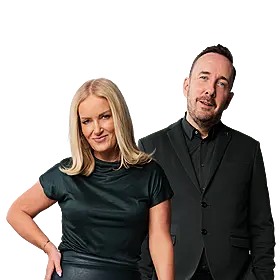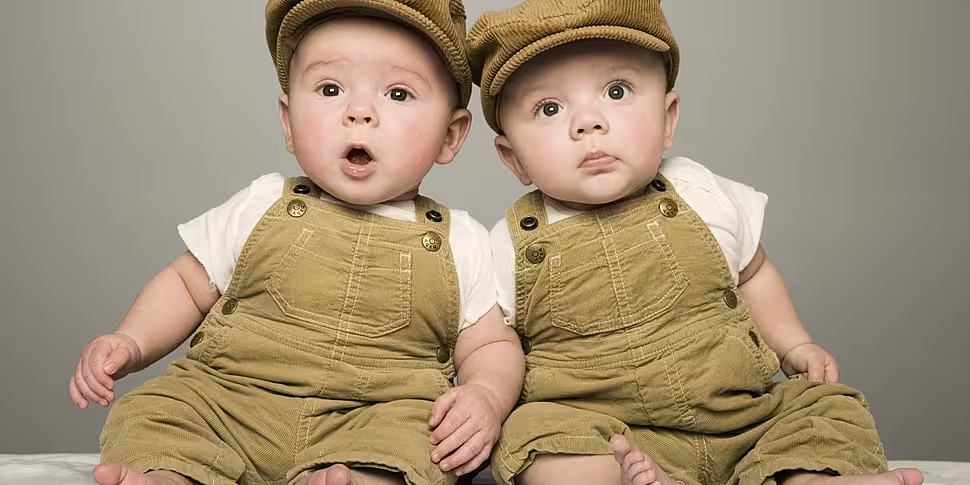While most people are aware there are two types of twins, not everyone is aware one type, identical twins, are not always identical.
That’s according to biochemical Professor Luke O’Neill on Show Me the Science, speaking about the scientific usefulness of identical siblings.
“It's wonderful to compare identical fraternal twins in various ways to try to unravel some of the complexity of us as human beings,” he said.
Identical twins are formed from one single fertilised egg splitting in two, while fraternal ones are formed two fertilised eggs grow implant and grow separately in the womb.
“If you take fraternal twins to figure out what their similarities and differences are versus identical twins, you might figure out how genetics plays a key role,” Prof O’Neill said.
“Maybe they turn out to both love Beethoven as an example – if the fraternal love Beethoven, it’s less likely to be genetic [reasons] and more likely to be environmental.
“But if the identical love Beethoven, that could mean genetics is more important.”
The mystery of twins
Prof O’Neill said it remains somewhat of a mystery why identical siblings happen in the first place, but more information is being discovered about them.
“You're assuming that the identical twins are genetically identical,” he said.
“You're coming to your conclusions about them as a result but guess what - they're not fully identical.
“How was that discovered? Two twins were born, and they were identical – they had evidence for that – and they had different faces.
“These twins to all intents and purposes were identical, but they different faces.
“The genes that control your face as it were, turns out that got modified in some way after fertilisation - the modification was probably what's called epigenetic.
“What happened with these two was certain genes were marked and those genes governed the type of face that they would get the shape of their face, and there's a slight difference in the shape of the face.”
About 1.6 million twins are born each year worldwide, with one in every 42 children born with an instant sibling.
Prof O’Neill said the rate of twins being born went up 39% between 1980 and 2009, meaning there will likely be more opportunities to learn about them in the future.









